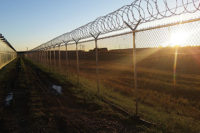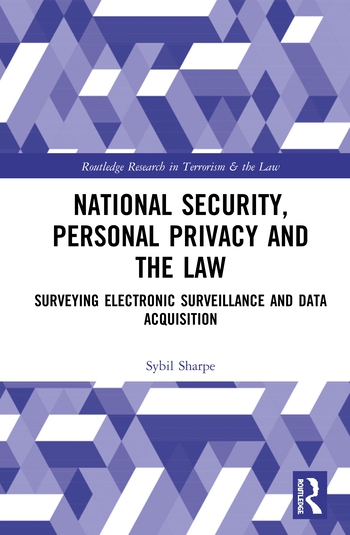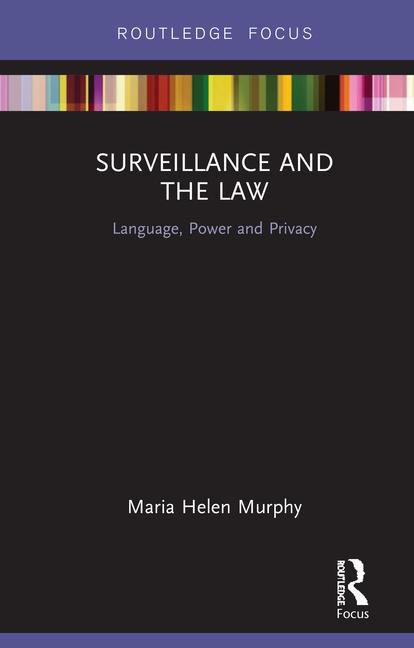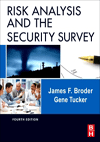Finding the Balance in Standby Mode
Lawmakers do not always understand the unique characteristics of security devices. Sometimes, this leads to laws that make little sense for the security industry.
In 2007, Congress passed the Energy Independence and Security Act (EISA), which set efficiency standards that consumer electronic devices must meet in each of three modes: “active,” “off” and “standby.” This was a reasonable requirement for most pieces of electronic equipment, which sometimes are on, sometimes are off and sometimes are in a standby state. Security devices, however, are, for obvious reasons, always on. Fire, carbon monoxide and intrusion detection systems as well as access control readers, exit devices and similar pieces of equipment require a constant supply of energy. The law, nevertheless, requires these devices to meet energy standards for “off” and “standby” modes.
In meetings with senior staff from the Department of Energy (DOE) and written comments to the agency, the Security Industry Association (SIA) expressed its strong concern with measuring energy consumption of power supplies used for security and life safety systems in “standby” and “off” modes. The DOE rejected requests for a security exemption, however, arguing that it did not have the authority to modify a statute; rather, its role was to execute the provisions of the statute to clarify the standard. Fixing this problem would take an act of Congress.
SIA worked for several months with environmental groups and congressional aides to craft a technical solution that would maximize both security and energy efficiency. In October, SIA and five other groups – including the Natural Resources Defense Council (NRDC) and other environmental organizations – submitted legislative language to lawmakers and staff that would exempt security and life safety devices from the “off” and “standby” requirements, but maintain the “active” mode standards. (The “off” and “standby” exemptions would be reviewable by the U.S. Secretary of Energy in 2017.) Winning the support of environmental groups for a measure that would alter an energy efficiency law was a key part of SIA’s effort, in that it demonstrated the common-sense, win-win nature of this reform.
The legislative language was presented to the members and staff of the Senate Energy and Natural Resources Committee in the form of a consensus amendment that could be added to climate change legislation sponsored by committee Chair Barbara Boxer, D-Calif. and Sen. John Kerry, D-Mass. While the amendment is not controversial, the bill is, and Republicans in early November boycotted a session in which the legislation was reviewed by the committee. This divisiveness means that the EISA correction has been pushed into 2010.
Modifying this law so that it reflects the real-world requirements of security equipment will continue to be a top priority for SIA. The association will keep working with its allies on this issue – the NRDC, the Alliance to Save Energy, the American Council for an Energy-Efficient Economy, the Appliance Standards Awareness Project and the Electronic Security Association (formerly known as the National Burglar & Fire Alarm Association) – to shape the law in a way that strikes the right balance between security and environmental responsibility.
Looking for a reprint of this article?
From high-res PDFs to custom plaques, order your copy today!







